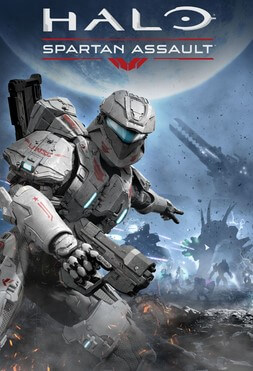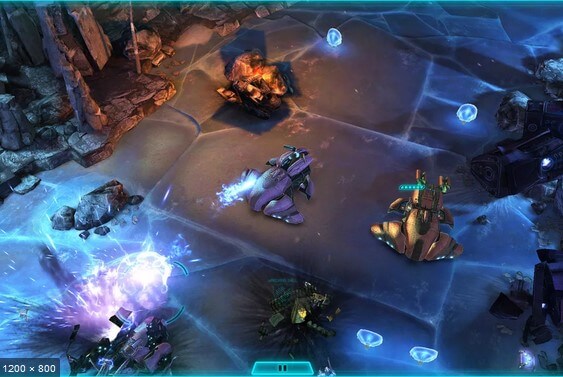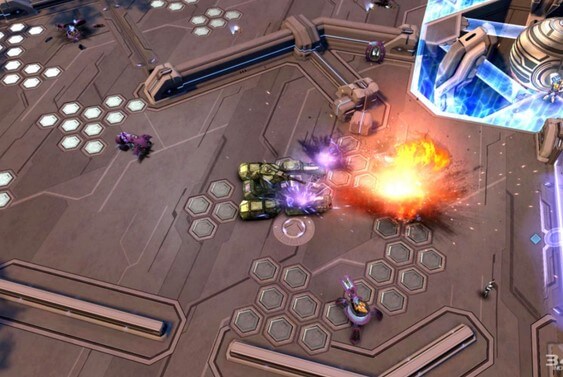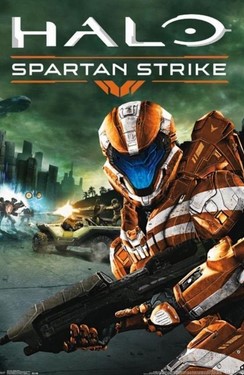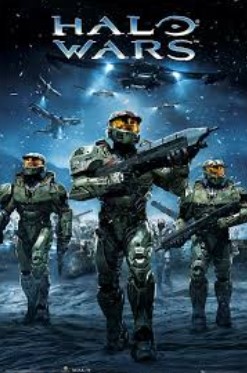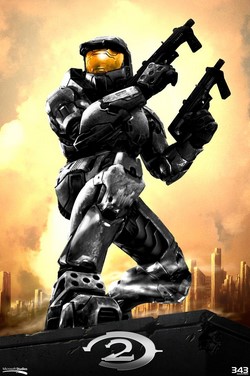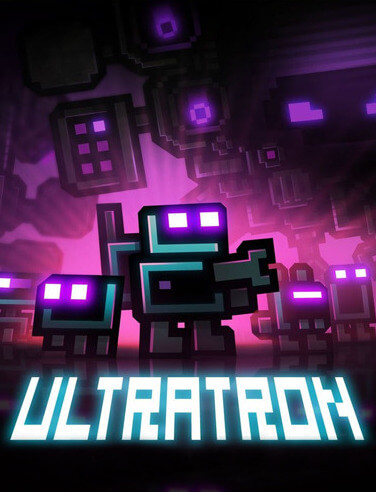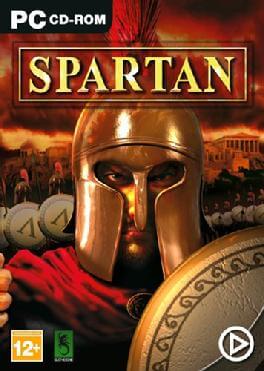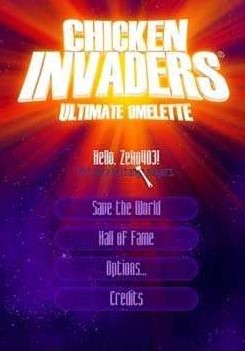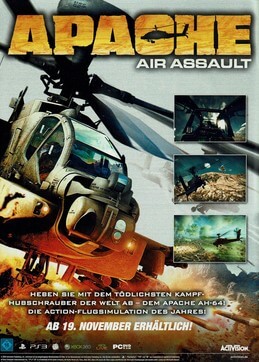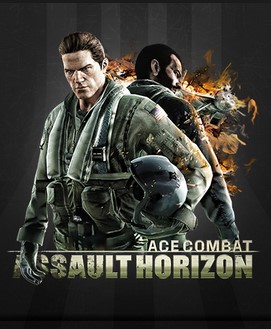Halo: Spartan Assault is a 2013 top-down twin stick shooter video game developed by 343 Industries and Vanguard Games. Part of the Halo media franchise, it was first released on July 18, 2013, for Microsoft's Windows 8 and Windows Phone 8 platforms. The game was subsequently released for the Xbox One, Xbox 360, Steam and iOS platforms.
Halo: Spartan Assault is set between the events of Halo 3 and Halo 4. Players control the human soldiers Edward Davis and Sarah Palmer as they fight a new splinter faction of the former Covenant. The game launched with 25 single-player missions, with additional content released later.
Gameplay
Halo: Spartan Assault is a shooter game where players view gameplay from an overhead top-down perspective. The control method for the game depends on the host device. On touchscreen mobile devices, players control the character through virtual joysticks—the left stick controls movement and the right stick controls the direction of the character's fire—along with buttons along the edge of the screen. On Windows 8 PCs, the method of input is a keyboard and mouse, while Xbox 360 and Xbox One players use a physical gamepad.
The game features classic weapons and vehicles from the franchise.
Gameplay of Halo: Spartan Assault earns the player experience points (XP), Achievements, and emblems for a Halo 4 Spartan career. Additional integration features were released after launch.
The Xbox 360 and the Xbox One versions of the game feature a cooperative mode. Players team up to survive against waves of enemies not featured in the campaign. The gameplay experience was designed to be different from that of the main campaign.
Plot
Halo: Spartan Assault takes place between the events of Halo 3 in 2553 and the events of Halo 4 in 2557. Following the events of Halo 3, the human UNSC and alien Covenant separatists signed a ceasefire to end a decades-long war. It follows the early Spartan Ops' missions against a splinter faction of the former Covenant species and gives more background to the post-war period after the human-Covenant had ended. Stationed on the UNSC Infinity, gameplay is through the perspective of either Commander Sarah Palmer or Spartan Davis.
Spartans Palmer and Davis are stationed on the planet Draetheus V when it comes under attack from a rogue group of Covenant who have ignored the ceasefire. Palmer and Davis work to repel the invaders. This new Covenant leadership discovers that Draetheus' moon is actually a weapon built by an ancient race known as the Forerunners. The Covenant activates the weapon, tearing apart Draetheus and forcing the UNSC to evacuate. Spartan Davis gives his life to allow the remaining UNSC enough time to evacuate. Spartan Palmer tracks down the Covenant leader Merg Vol, kills him, sabotages the Forerunner weapon, and escapes the planet.
In the Operation Hydra update, Spartan Palmer returns to X50 in search of a mysterious signal. She discovers that the signal is actually a distress signal from Spartan Davis. Palmer reaches the core of X50 but finds Davis dead, with the moon using his remains to create an unnamed device that Palmer extracts.
Development
343 Industries Executive Producer Dan Ayoub described the challenge of adapting Halo for a portable device as "how do we create the right experience for the right screen?" While focusing on optimizing the game for touch controls, the developers wanted to make sure the elements that made Halo distinctive—its weapon sandbox, abilities, and look—remained.:4'35" The focus on a mobile game experience also meant that the developers broke up the game's missions into smaller chunks for short playthroughs.:4'45"–5'15"
Audio
Tom Salta composed Spartan Assault's music. The game was the first time Salta had worked on a project where the sound had been established by another composer—Salta called the original music of Combat Evolved "sacred ground for me" and his inspiration to compose for video games. Previous to Spartan Assault Salta was part of the team that reorchestrated and recorded the music for Halo: Combat Evolved Anniversary.
Because the game was designed to be played on mobile devices, Salta and the music team worked to make sure audio quality would be high on small mobile speakers as well as through headphones or higher-end hardware. Since there was a limited budget for the music, Salta chose which sounds and instruments he would record live.
